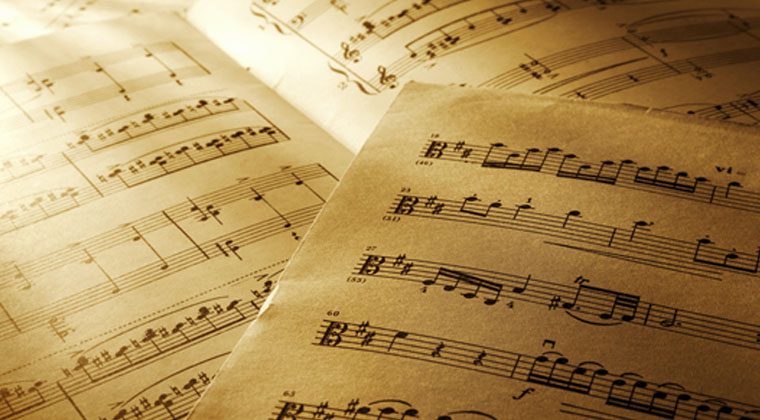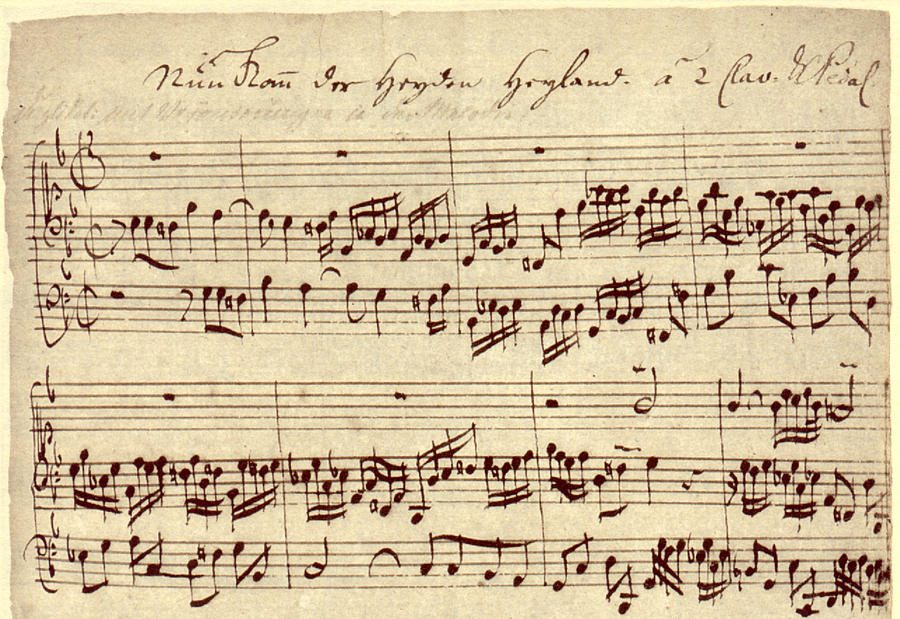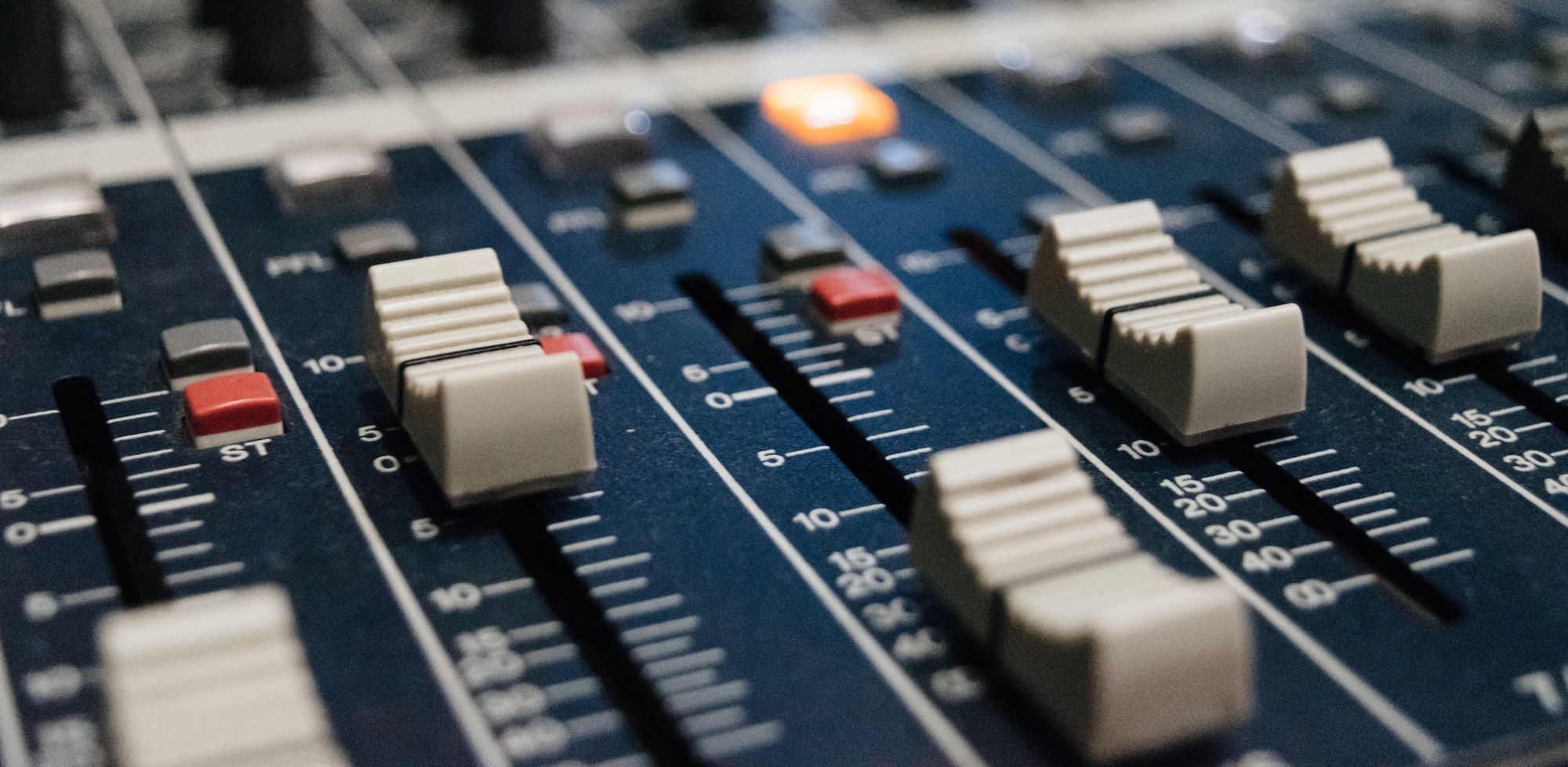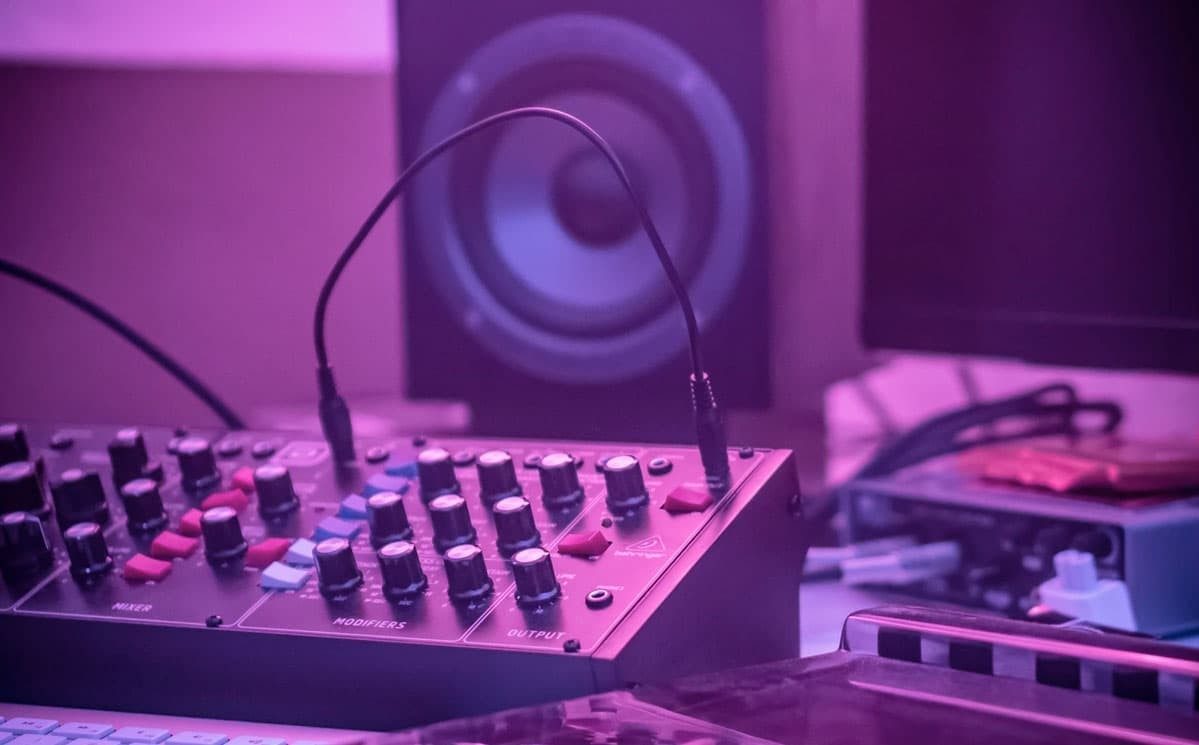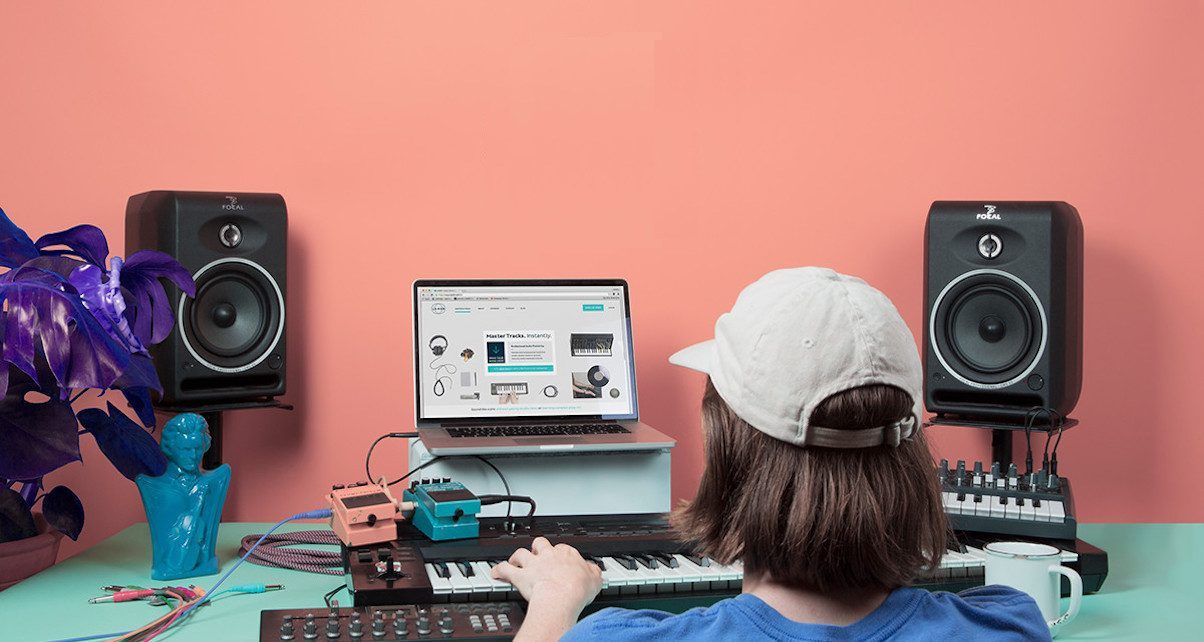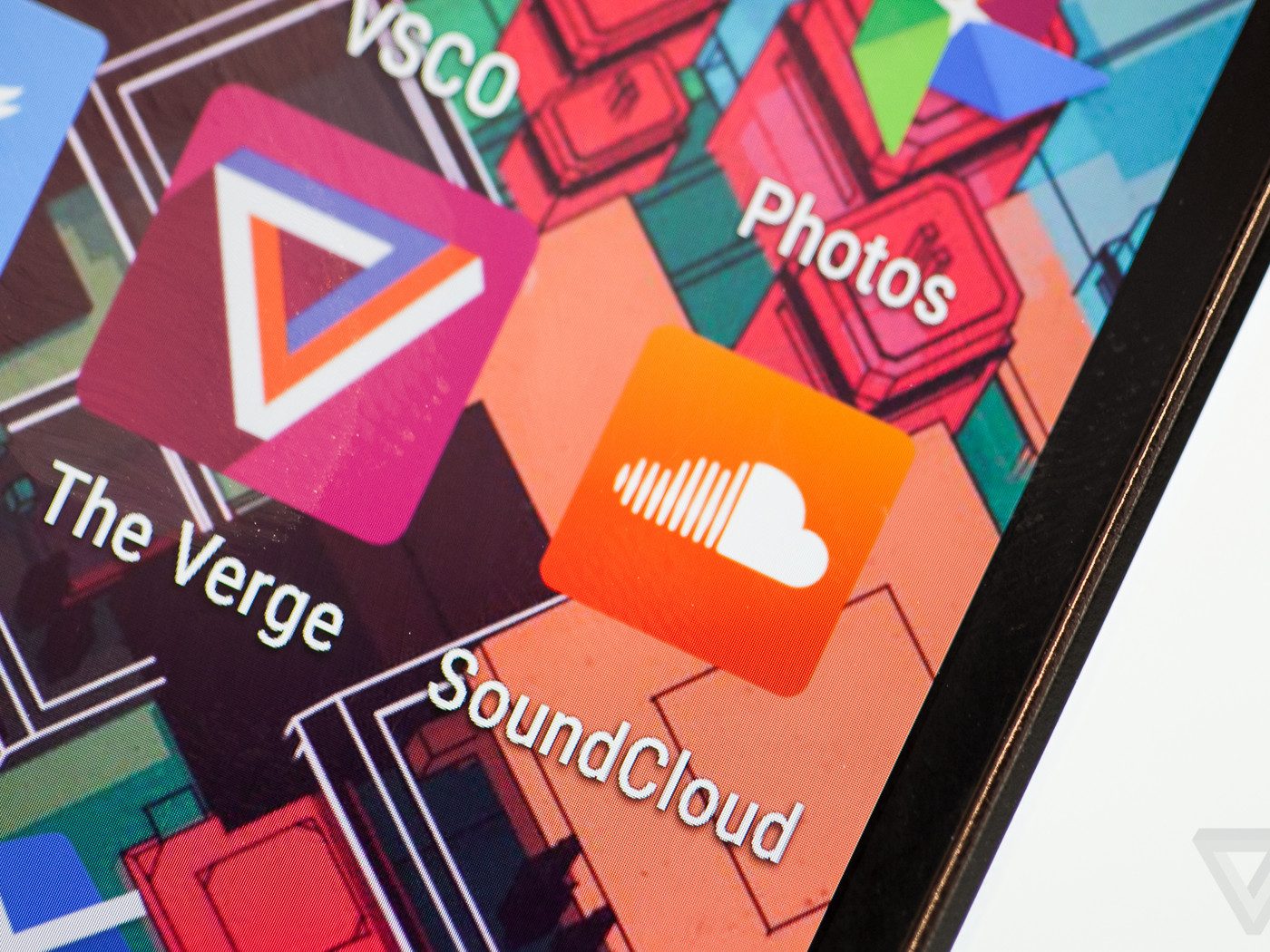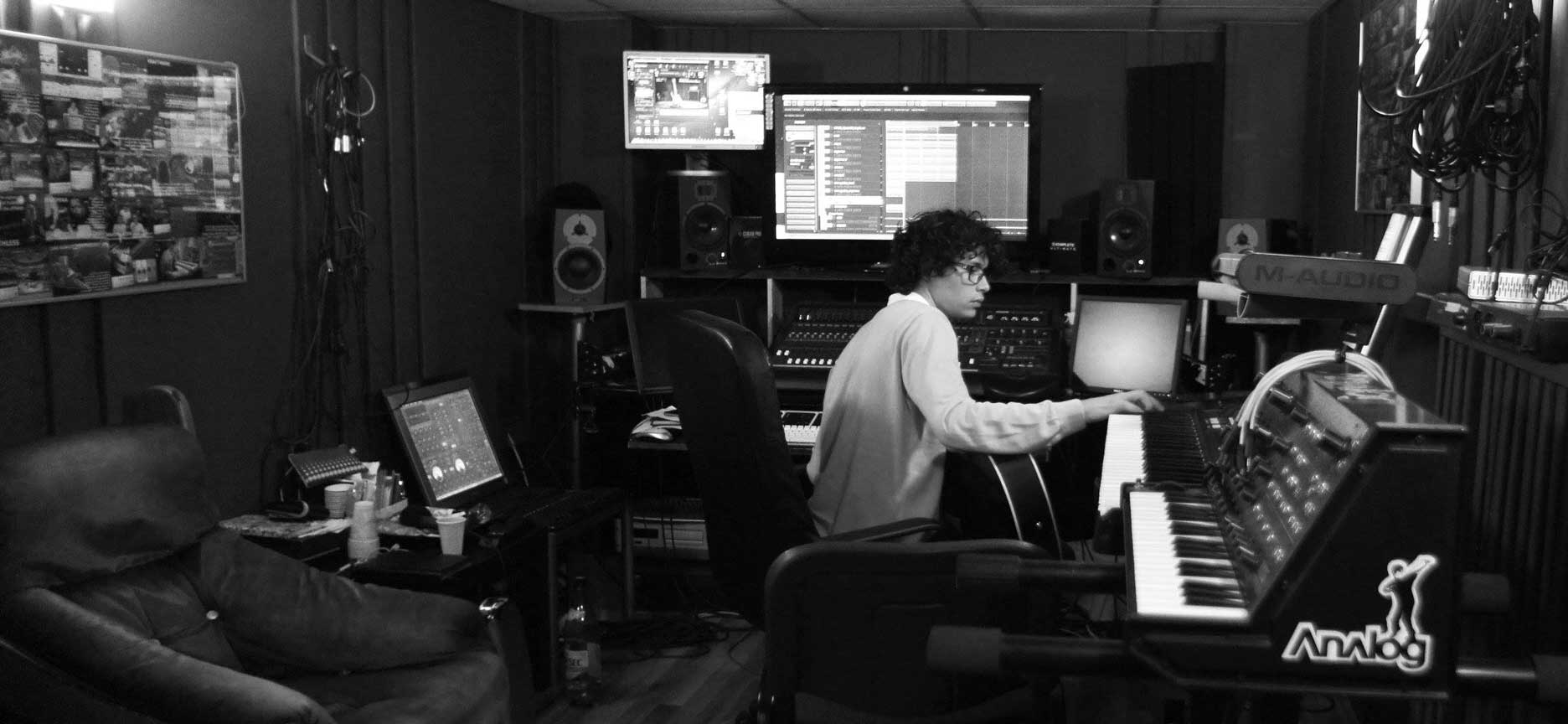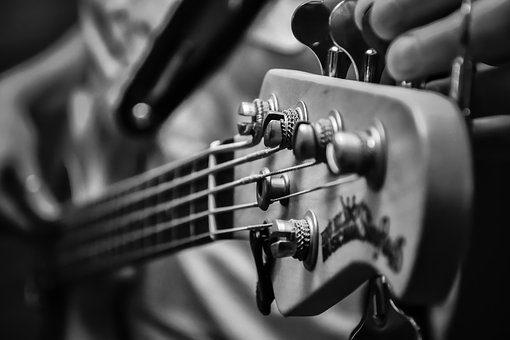Keep reading to know more of 50 music symbols that help you understand written music.
soundcloud
In sheet music, music symbols describe the way we play a particular piece of music.
That’s why sheet music is still so necessary for communicating how to play a piece of music.
However, written music uses a lot of different symbols to describe what to play exactly and it can be confusing to know what each symbol means.
That’s the reason why we’ve put together a master list of music symbols you need to know to read sheet music.
Let’s learn the 50 most important music symbols!
It’s hard to manage a big session or a busy mix. You have to keep a lot of different factors in mind to make it a success. Even just tracking a single vocal can result in a confusing mess of incomplete takes if you don’t pay close attention. Trying to stay creative while balancing these practical issues is a recipe for error. Here’s a hard truth for you: you’re going to make mistakes in music production, no matter how hard you try.
In this article we’ll go over everything about LUFS.
LUFS are the latest way to measure loudness in your audio.
This new measurement scale is an important development for many issues in music production.
However, understanding LUFS can be pretty difficult at first. They’re different from the ways you’re probably used to measuring your signals.
Even so, these new units are being used all over the audio world. It’s important to know how they work to understand the role of loudness in audio production.
In this article, we’ll explain what a verse is and show you how to write an effective verse.
As we all know, every song has a story.
Poetic images and gripping lyrics grab listeners’ heartstrings—it’s why music is so powerful.
Think of a song you loved. It probably has attractive lyrics that tell a story.
While you may remember a song because of its chorus, most song narratives develop in the verse.
It’s why a verse that entices the listener to get to the chorus and hook them in is so important.
The chorus might be memorable, but your song will lose its impact if you don’t have a good verse to support it.
Your ideas in making music aren’t as new as you think. Innovation is impossible to generate on command.
Even when a new development seems obvious in hindsight, connecting the dots for the first time is always a struggle.
Truly new ideas are so rare that skeptics are resigned to the attitude that everything worth doing has already been done.
And in a sense, they’re right. We’re still using many of the same musical gestures and conventions that were popular hundreds of years ago.
But you shouldn’t find that information discouraging.
The musical ideas that show up again and again through the centuries persist because they’re deeply meaningful for our lives—then and now.
My flipside to this hard truth is that the music of the past is one of the best places to find inspiration if you know how to look.
Remember how blown away the industry was by the success of Lorde’s “Royals”?
Back in 2012, no one thought such a modestly produced record could land on the radio.
Then, Billie Eilish walked in and took that minimalist approach to the next level.
With trap taking the lead now, we’re used to hearing music producers strip-down tracks to their bare bones.
But why are tracks with minimal production so powerful?
When done right, a minimal arrangement demands the listener’s utmost attention.
If you work with a bare arrangement, you’ll feel the urge to pick your instruments more carefully.
If your goal is to make the vocals shine, you have to produce beats that leave plenty of space for them to do so.
They say if your song sounds great with simple accompaniment, you’re onto something.
Minimalism in music has been around for a long time and while it’s new to pop, the reasons why it’s loved by so many are well understood.
So, if you’re not sold on minimalism in your music yet, let’s take a look at why it’s so great for writing good pop tunes.
The future of music distribution is now described by two words: Metadata matters. And here is a great guide for musicians to understand about metadata.
Metadata helps you make sure that your songs are ready for distribution and release. If your metadata isn’t in order, you are not ready to share your music…
The information you enter as metadata allows your music to be properly stored, sorted and identified wherever your music is available. That means platforms like Spotify, Apple Music, YouTube and even Shazam.
Toplining is a popular songwriting technique. It’s a common practice especially in the world of pop, hip hop, and electronic dance music. However, a topliner is slightly different from a traditional songwriter. In topline songwriting, the creation of the melody and lyrics relies on beats. Sometimes it’s based on fully fleshed out productions. In this article, we’ll explain everything you should know about topline songwriting, the way it works, and why you should consider it as a songwriter.
In terms of making great music, taste and appreciation are essential.
What you listen to doesn’t directly translate into what you’ll create as a musician, however it has a huge impact.
Whether you’re struggling to break via creative blocks in your songwriting, beat making, or music production, there’s a huge opportunity to turn your musical appreciation into creative fuel.
Here is a way that you can use to turn music appreciation into inspiration.

